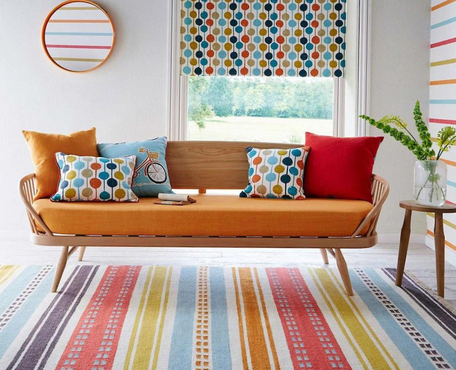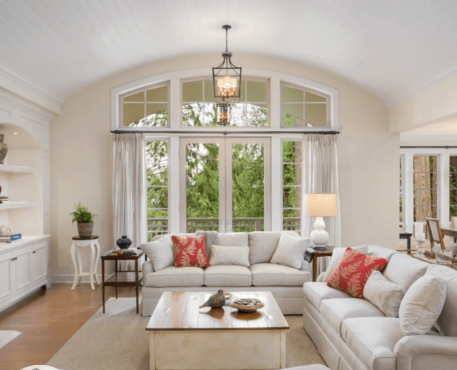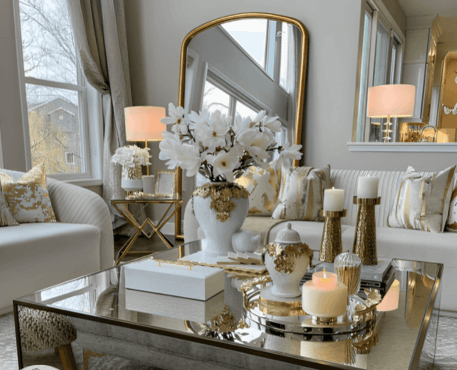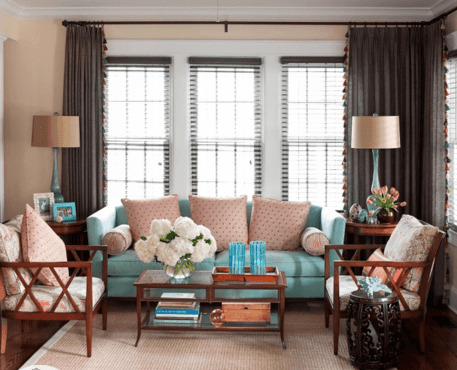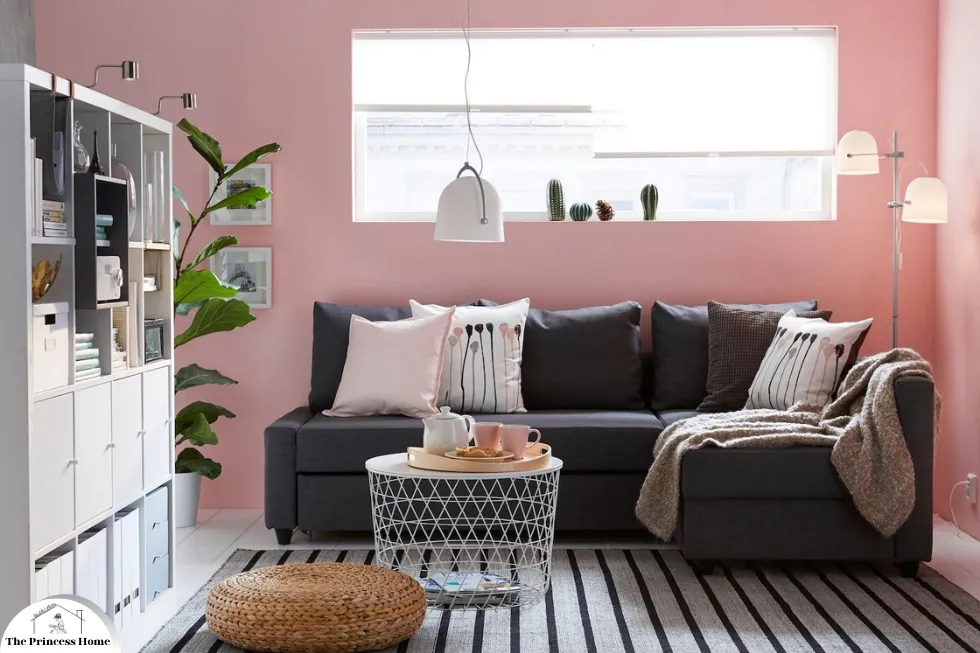
In urban dwellings and cozy homes, small living rooms are a common design challenge. However, with strategic planning and clever design choices, you can transform your compact living space into an inviting oasis that feels spacious and airy. Whether you’re dealing with a studio apartment or a compact condo, these expert tips will help you make the most of your limited square footage.
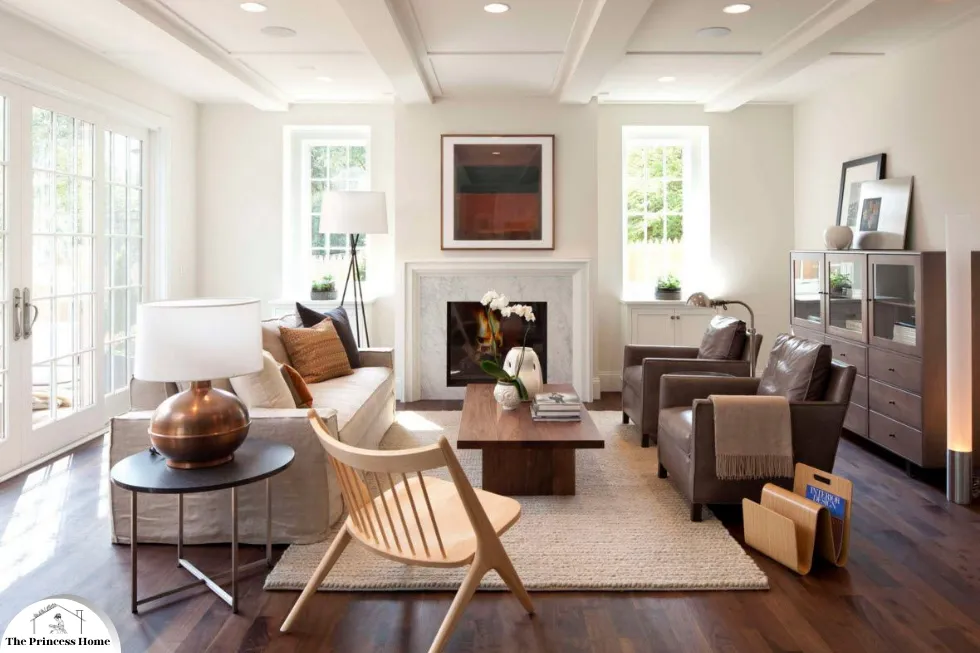
1.Optimize Furniture Arrangement:
The layout of your furniture can significantly impact the perceived size of your living room. When arranging furniture, prioritize functionality and flow. Consider floating furniture away from walls to create breathing room and a sense of spaciousness. Choose low-profile pieces that don’t overwhelm the space visually. Additionally, consider multipurpose furniture like storage ottomans or nesting tables to maximize functionality without sacrificing space.
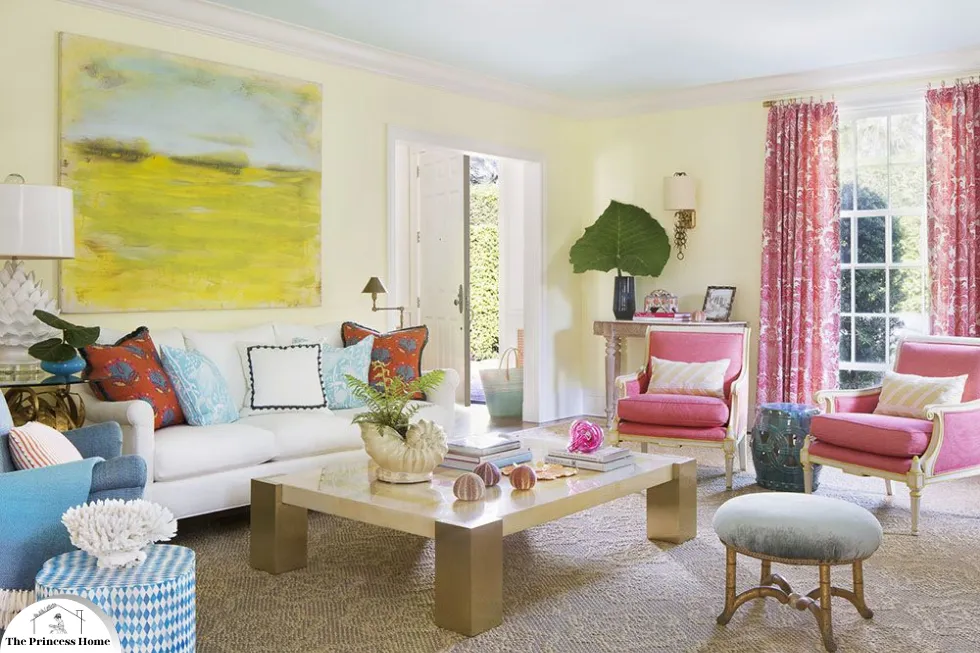
2.Embrace Light Colors:
Light, neutral colors are your best friend when it comes to making a small living room appear larger. Opt for soft hues like white, cream, or pastels for walls, upholstery, and larger furniture pieces. Light colors reflect natural light, making the room feel brighter and more expansive. To add depth and interest, incorporate subtle accents of color through decorative pillows, throws, or artwork.
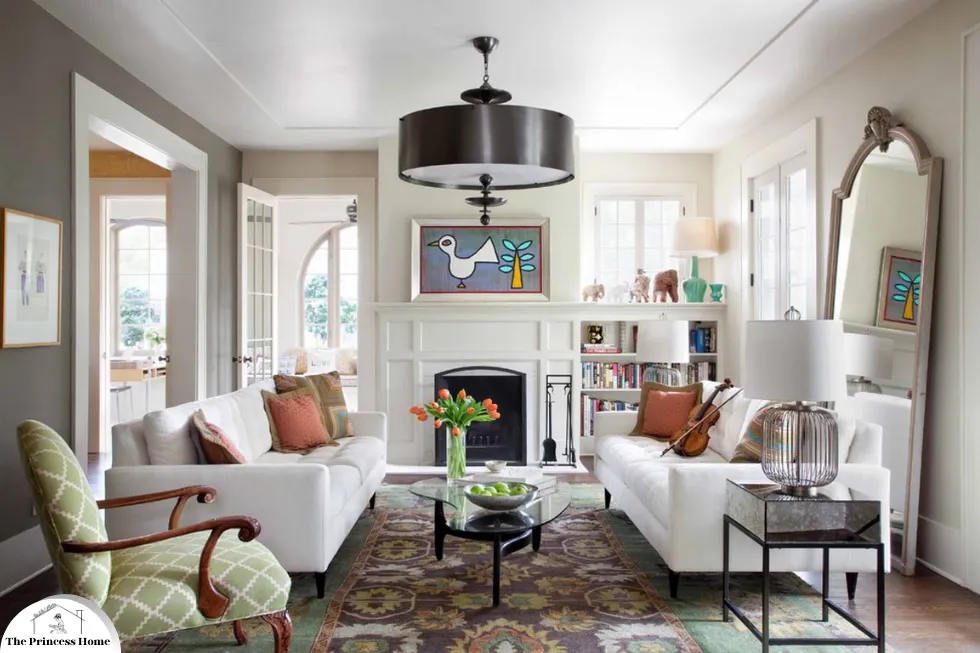
3.Harness the Power of Mirrors:
Mirrors are a tried-and-true trick for creating the illusion of space in small rooms. Strategically place mirrors opposite windows to reflect natural light and visually expand the room. Consider oversized mirrors or mirrored furniture to amplify this effect. Additionally, incorporating mirrored surfaces can add a touch of glamour and sophistication to your living space.
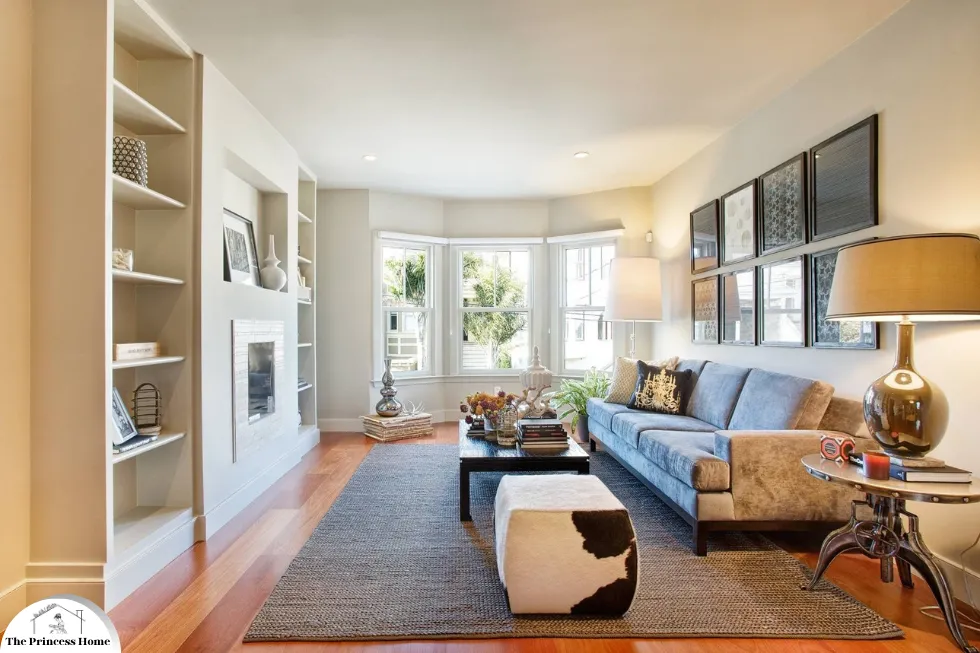
4.Declutter and Simplify:
Clutter is the enemy of a spacious-looking room. Keep surfaces clear and minimize visual distractions to create a sense of openness. Invest in smart storage solutions like built-in shelving, multifunctional furniture with hidden compartments, or decorative baskets to corral clutter. Regularly edit and organize your belongings to maintain a streamlined and clutter-free environment.
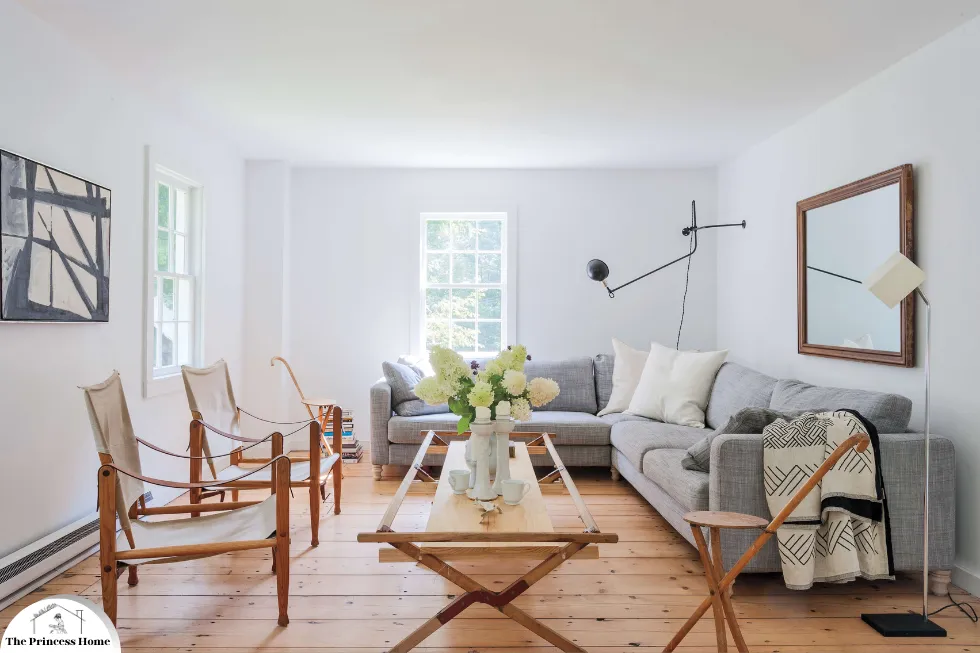
5.Opt for Sleek, Streamlined Design:
In a small living room, every square inch counts. Choose furniture with clean lines and slim profiles to maximize available space. Avoid bulky or overstuffed pieces that can overwhelm the room. Look for furniture with exposed legs to create a sense of openness and allow light to flow freely underneath. Consider modular or sectional sofas that can be configured to fit your space perfectly.
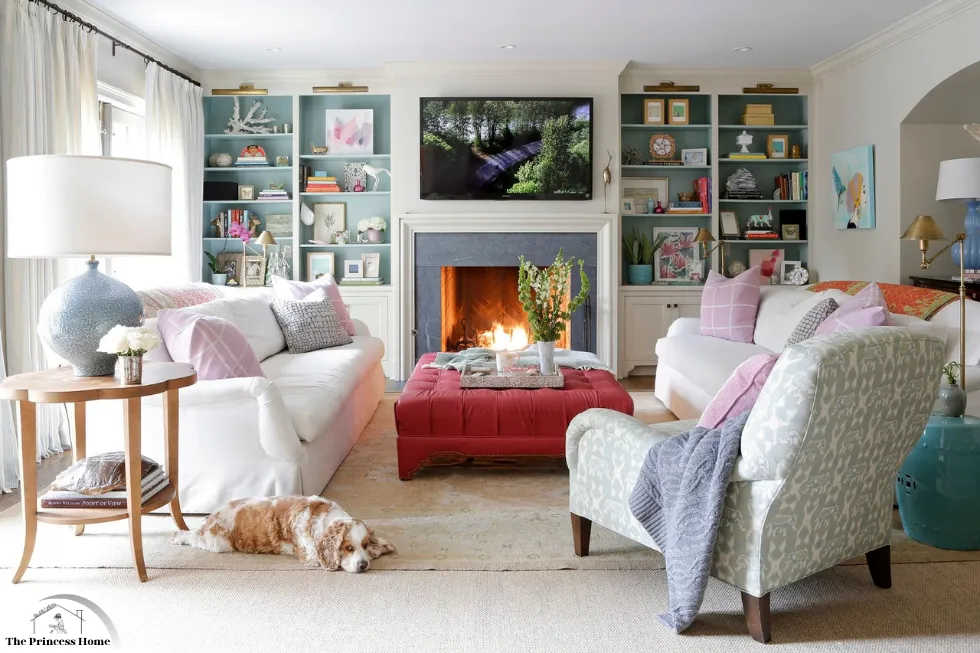
6.Utilize Vertical Space:
When floor space is limited, look to the walls and ceiling to maximize storage and visual interest. Install tall bookcases or floating shelves to draw the eye upward and create the illusion of height. Use vertical space to display decorative objects, books, or plants, keeping the floor clear and open. Additionally, consider hanging curtains or drapes closer to the ceiling to visually elongate the walls and create a sense of grandeur.
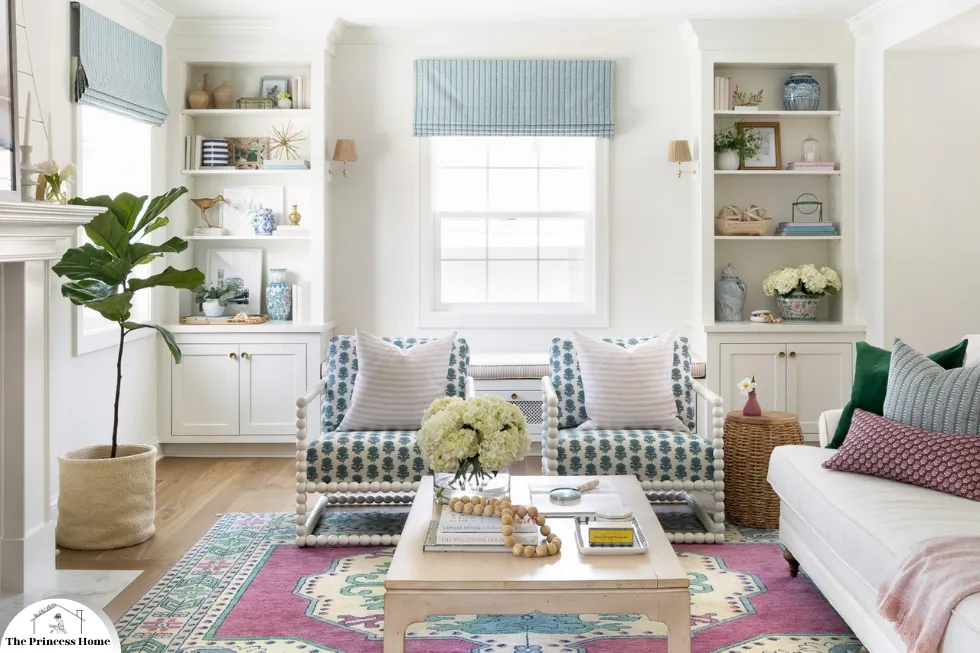
7.Incorporate Strategic Lighting:
Proper lighting can play a crucial role in making a small living room feel larger and more inviting. Maximize natural light by keeping windows unobstructed and using sheer curtains that allow sunlight to filter through. Supplement natural light with a combination of ambient, task, and accent lighting to create layers of illumination. Place lamps strategically to brighten dark corners and create a cozy atmosphere.
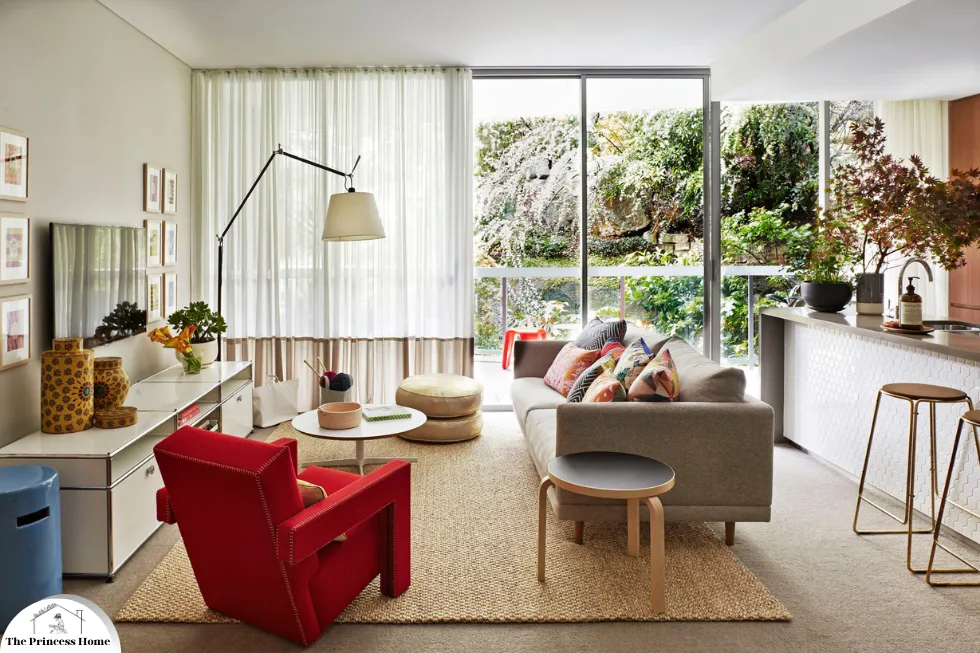
8.Create Visual Continuity:
Maintaining visual continuity throughout the space can help create a sense of cohesion and openness. Choose a cohesive color palette and carry it through the room with paint, furnishings, and accessories. Use rugs to define distinct zones within the living area while visually connecting them. Avoid abrupt transitions or visual barriers that can disrupt the flow of the room.
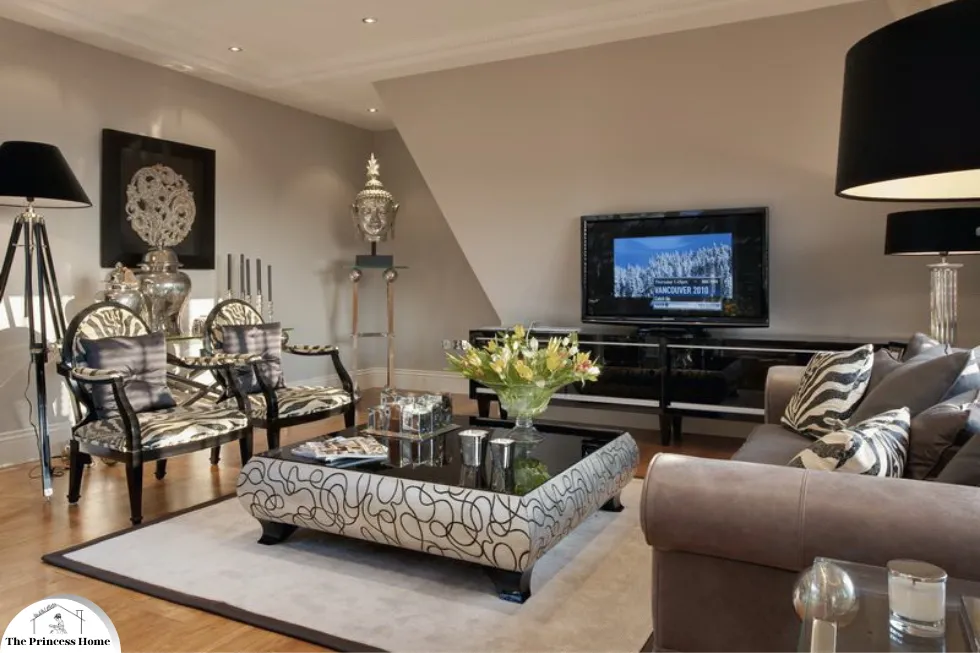
9.Incorporate Reflective Surfaces:
In addition to mirrors, incorporating other reflective surfaces can enhance the sense of space in a small living room. Consider glass or acrylic furniture pieces that visually disappear, creating the illusion of more space. Metallic finishes like chrome or brass can also reflect light and add a touch of glamour to your decor. Experiment with reflective surfaces in small doses to avoid overwhelming the space.
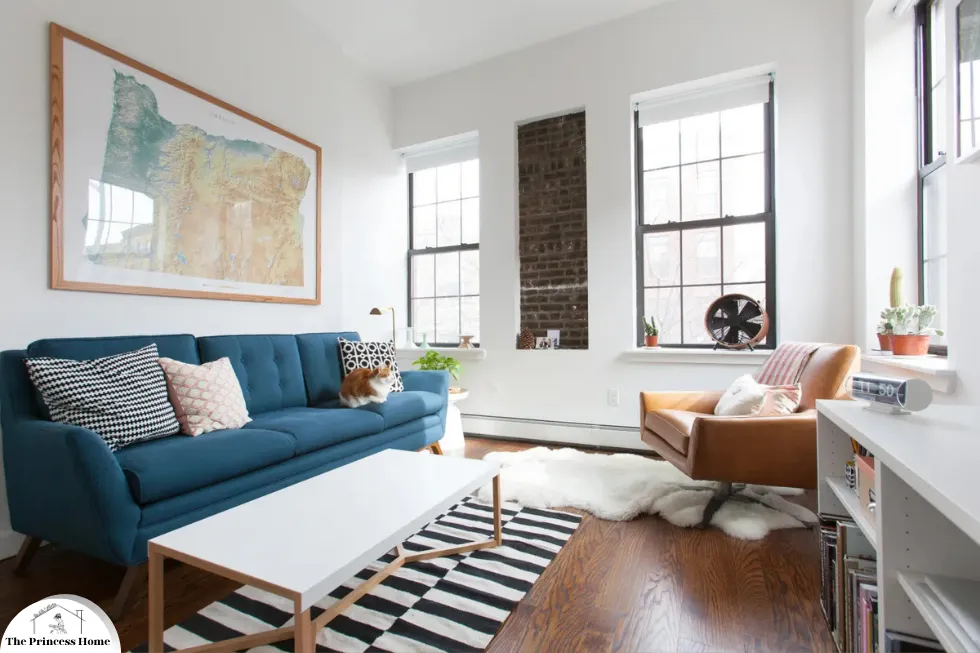
10.Add Depth with Layered Textures:
Texture can add depth and visual interest to a small living room without overwhelming the space. Experiment with a variety of textures, such as woven fabrics, plush rugs, sleek metals, and natural materials like wood or stone. Layering textures adds dimension and creates a cozy, inviting atmosphere. Opt for lightweight fabrics and materials that don’t overpower the space, keeping the overall look cohesive and balanced.
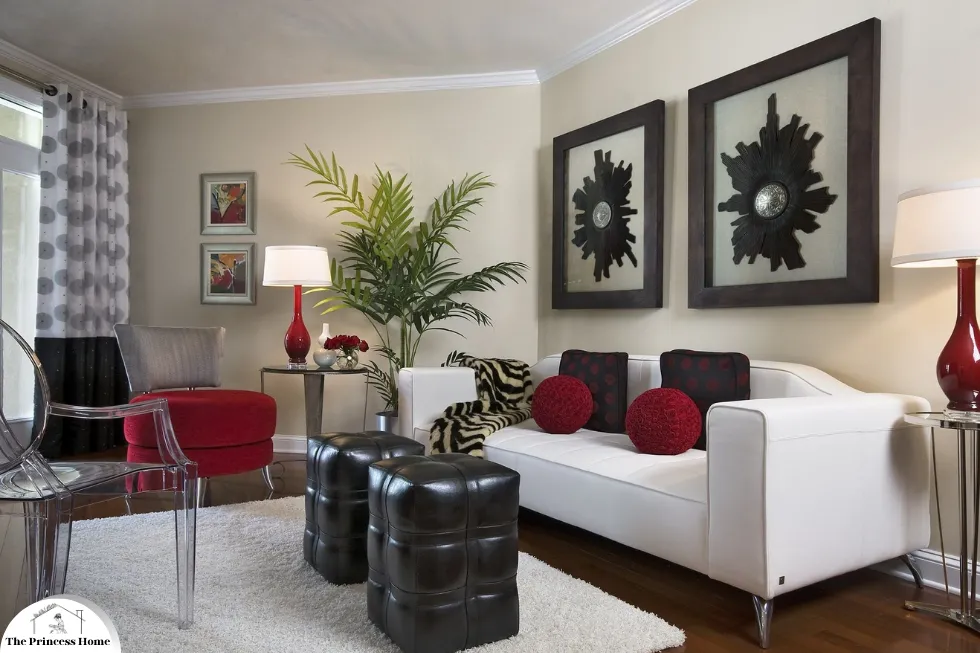
11.Utilize Clear Furniture:
Incorporate transparent or translucent furniture pieces to minimize visual clutter and create an unobstructed line of sight. Acrylic or glass coffee tables, side tables, and chairs can seamlessly blend into the space, allowing light to pass through and maintaining an airy feel. These see-through furnishings visually expand the room while providing functionality without adding visual weight.
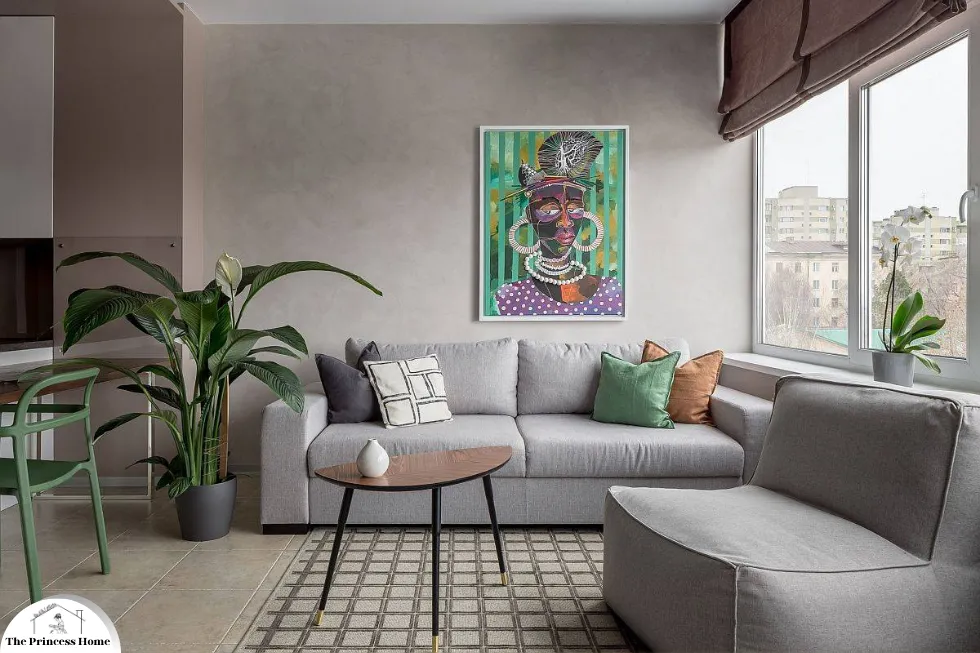
12.Hang Artwork Strategically:
Artwork can serve as a focal point in your living room while also contributing to the perception of space. Opt for large-scale, statement pieces or a gallery wall of smaller artworks to draw the eye upward and make the room feel taller. Avoid overcrowding the walls with too many pieces, and instead, select art that complements the room’s color scheme and adds personality without overwhelming the space.
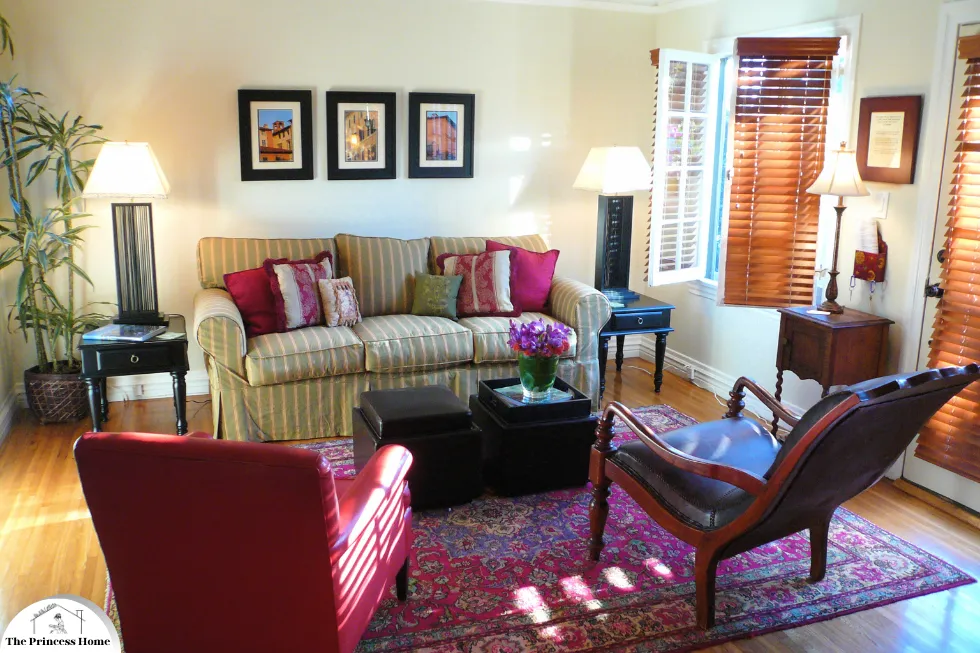
13.Invest in Space-Saving Furniture:
Maximize functionality in your small living room by investing in furniture designed specifically for small spaces. Look for pieces with built-in storage solutions, such as ottomans with hidden compartments, nesting tables, or sofa beds. Choose furniture that can be easily folded, stacked, or tucked away when not in use to free up valuable floor space and maintain a clutter-free environment.
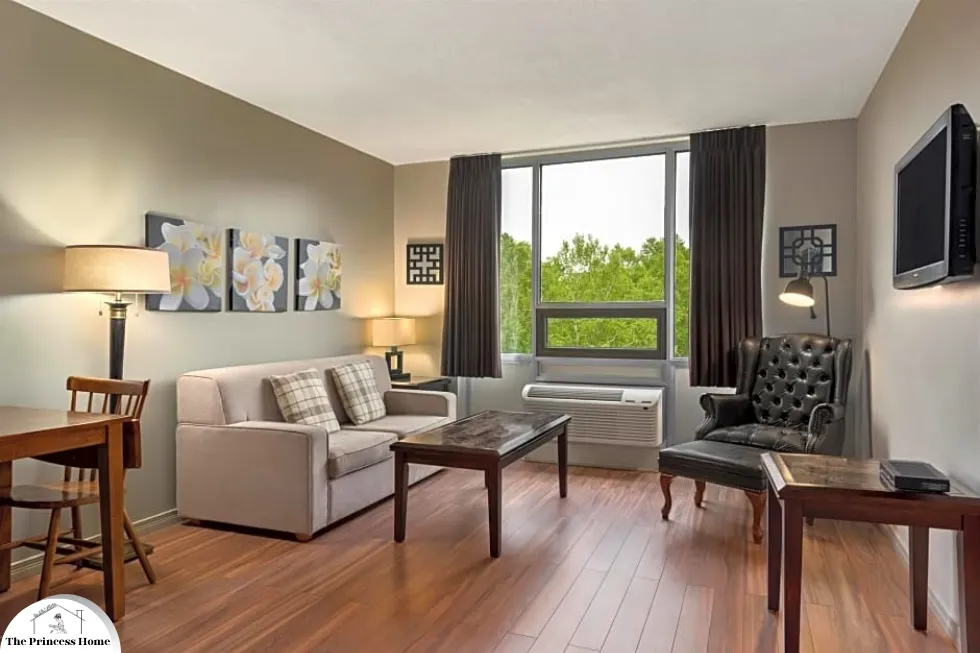
14.Create Illusions with Flooring:
Strategic flooring choices can visually elongate the dimensions of your living room. Consider installing flooring with long, uninterrupted lines, such as narrow floorboards or large-format tiles, laid parallel to the longest wall. This creates a sense of continuity and spaciousness. Alternatively, a light-colored rug placed diagonally can create the illusion of more floor area and add visual interest to the room.
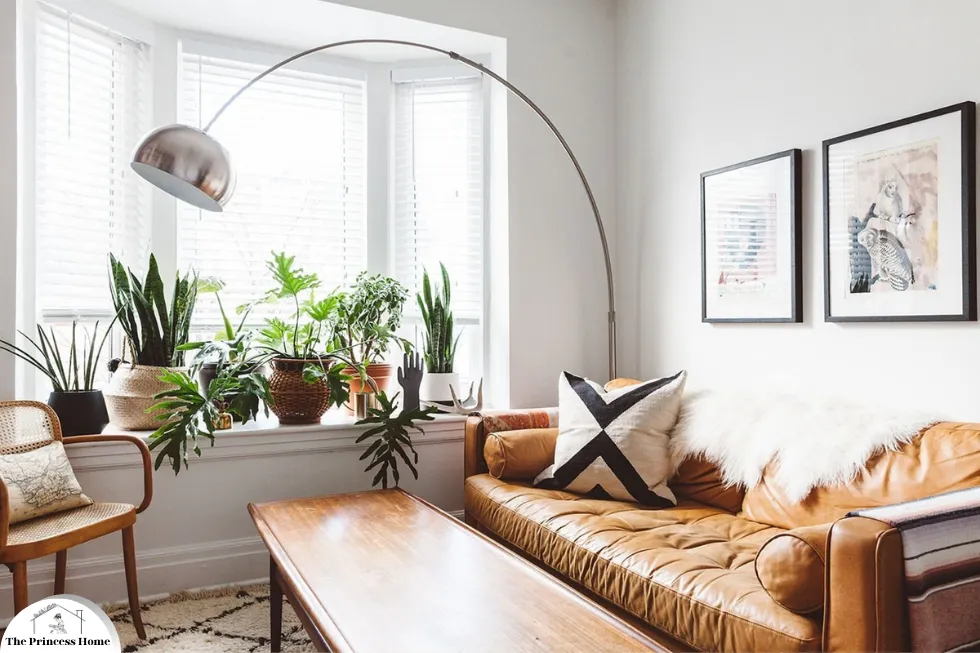
15.Introduce Vertical Gardens or Greenery:
Bringing nature indoors can breathe life into your small living room while also visually expanding the space. Consider installing a vertical garden or incorporating tall indoor plants to draw the eye upward and add a sense of height to the room. Choose plants with slender profiles to avoid overpowering the space, and place them strategically near windows or in unused corners to maximize floor space.
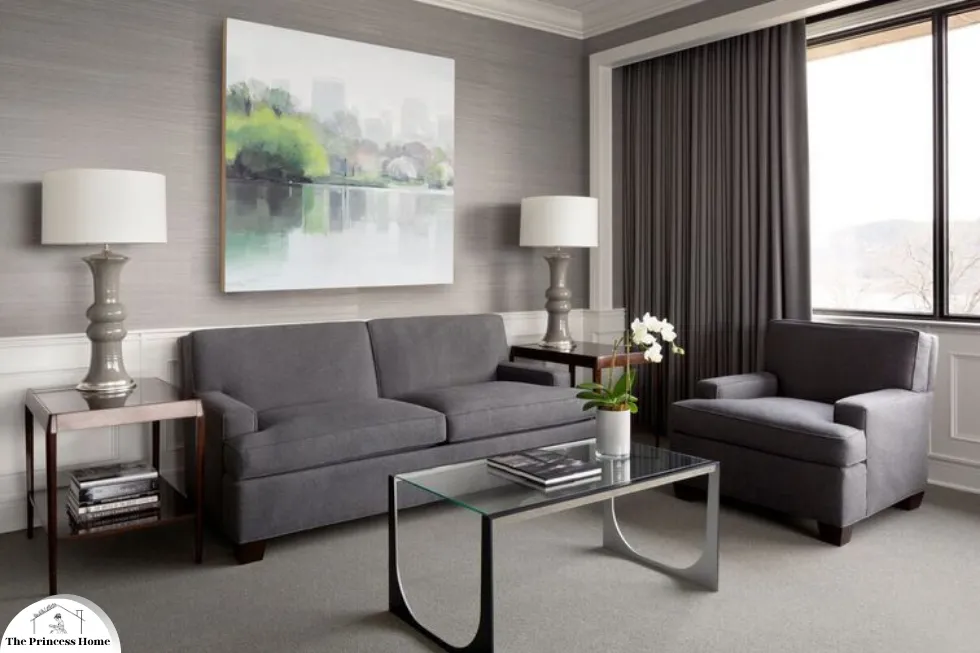
16.Embrace Minimalism:
In a small living room, less is often more. Embrace a minimalist aesthetic by decluttering and paring down your decor to essential elements. Choose a few statement pieces that reflect your personal style and eliminate unnecessary accessories that can make the space feel crowded. Adopting a minimalist approach creates a sense of calm and openness, allowing the room to breathe and feel larger.

17.Use Multi-Functional Room Dividers:
If your small living room shares space with other functions, such as a home office or dining area, consider using multi-functional room dividers to delineate separate zones without closing off the space. Sliding doors, folding screens, or open shelving units can create visual separation while maintaining an open and flexible layout. Choose dividers that allow light to pass through to maintain a sense of continuity.
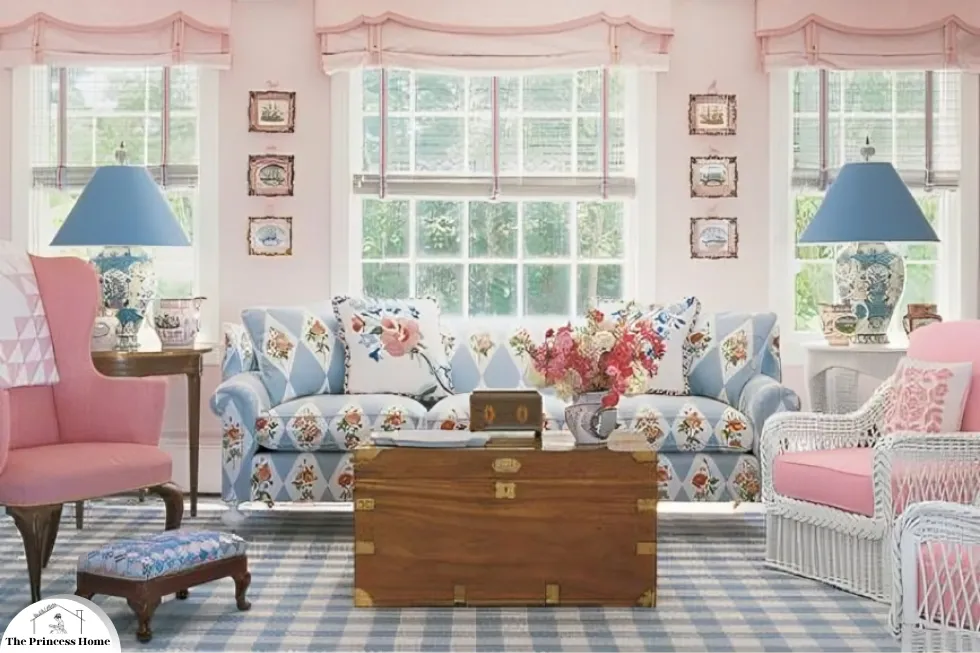
18.Create Visual Interest with Patterns:
Incorporating patterns into your small living room can add depth and visual interest without overwhelming the space. Opt for subtle, small-scale patterns in upholstery, rugs, or throw pillows to create texture and dimension. Avoid large, bold patterns that can dominate the room and make it feel cramped. Mix and match patterns sparingly to create a cohesive look that enhances the sense of space.
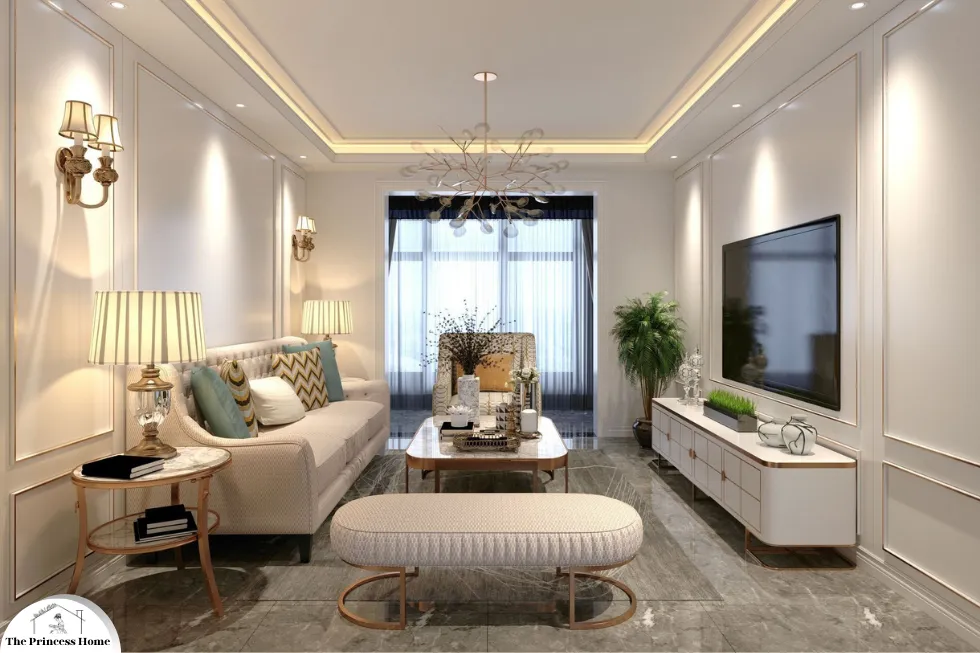
19.Experiment with Wall-Mounted Lighting:
Free up valuable floor space and create a sleek, minimalist look by opting for wall-mounted lighting fixtures. Sconces or wall-mounted lamps can provide ambient or task lighting without taking up precious real estate on end tables or floors. Install wall lights at varying heights to add visual interest and illuminate different areas of the room effectively. Wall-mounted lighting fixtures also contribute to the illusion of height and vertical space in your living room.
Incorporating these additional ideas into your small living room design strategy can further enhance the illusion of space and create a comfortable, stylish environment that feels larger and more inviting.
Conclusion:
Transforming a small living room into a spacious retreat is entirely achievable with the right design approach. By implementing these expert tips, you can create a visually stunning and functional space that feels larger and more inviting. With careful planning, strategic design choices, and a touch of creativity, your small living room can become the cozy haven you’ve always dreamed of.
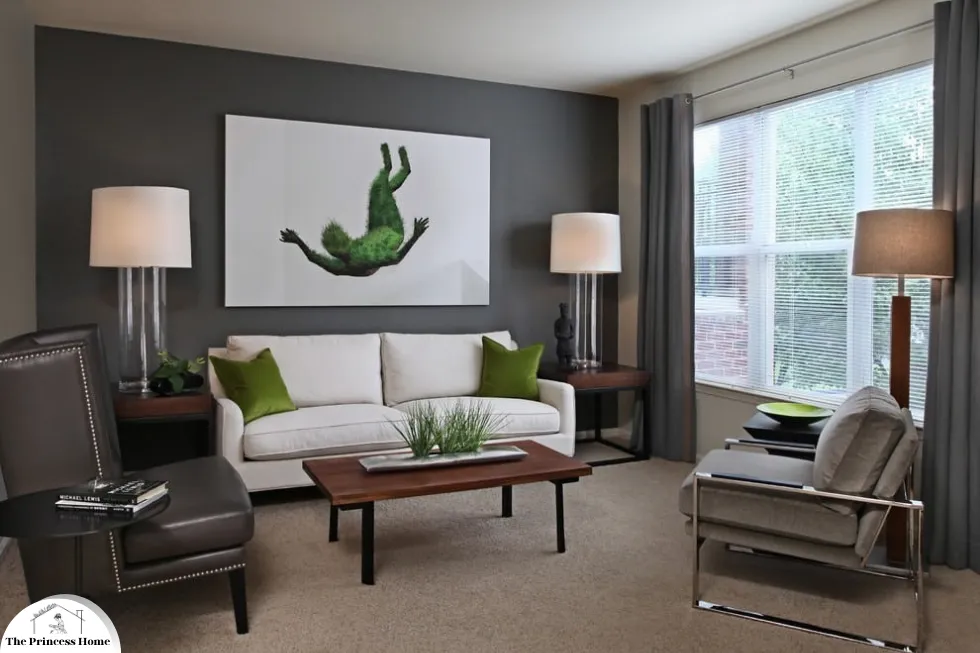
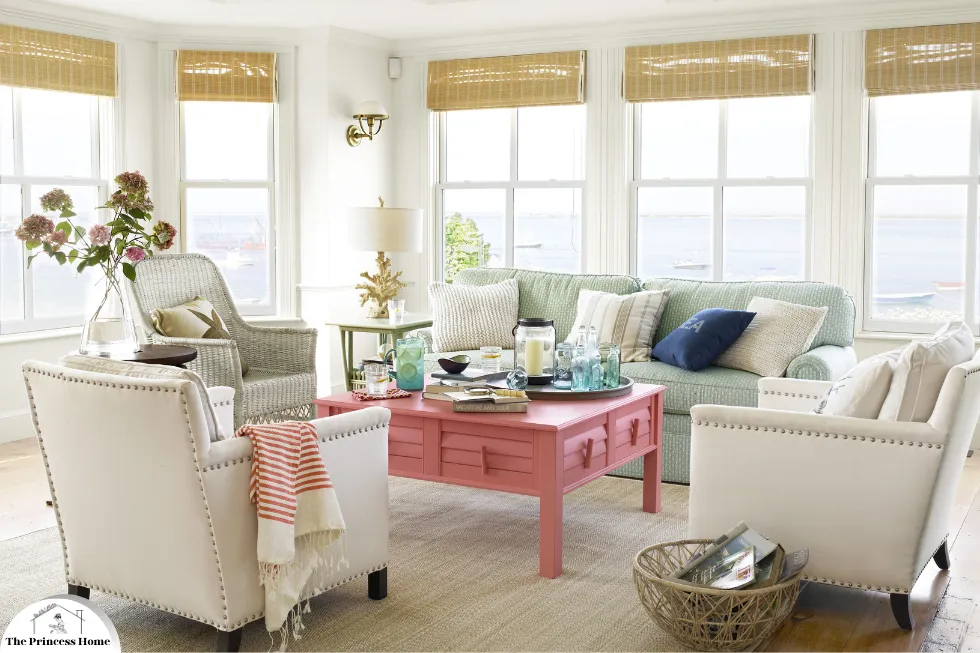
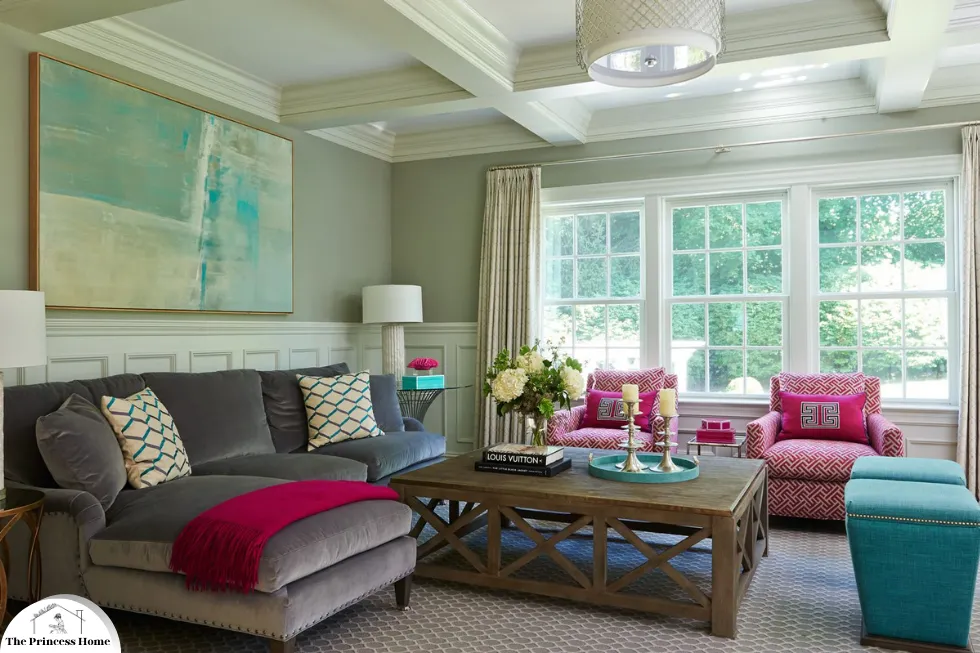
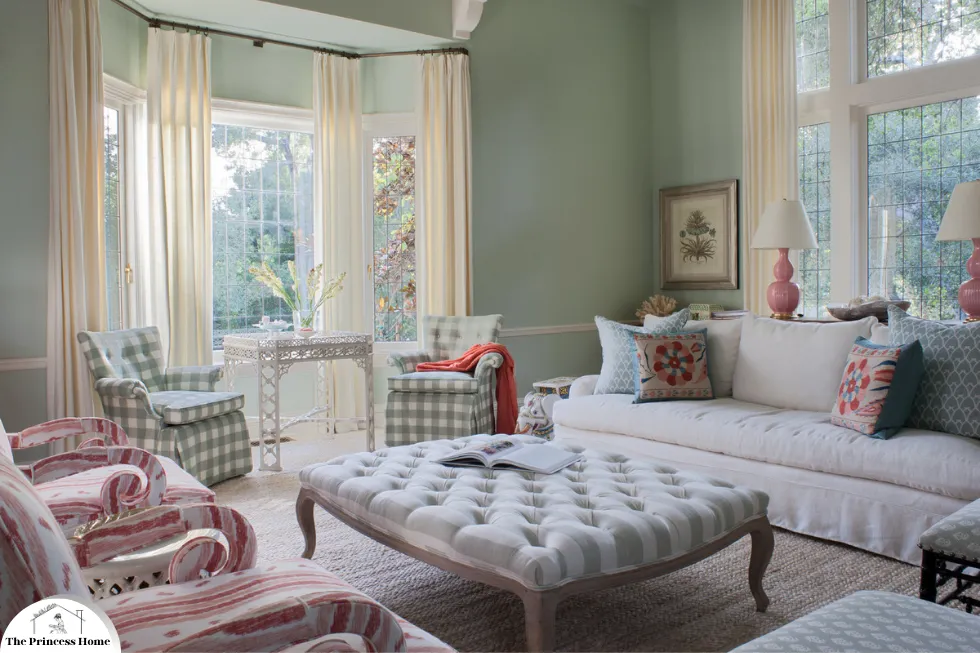
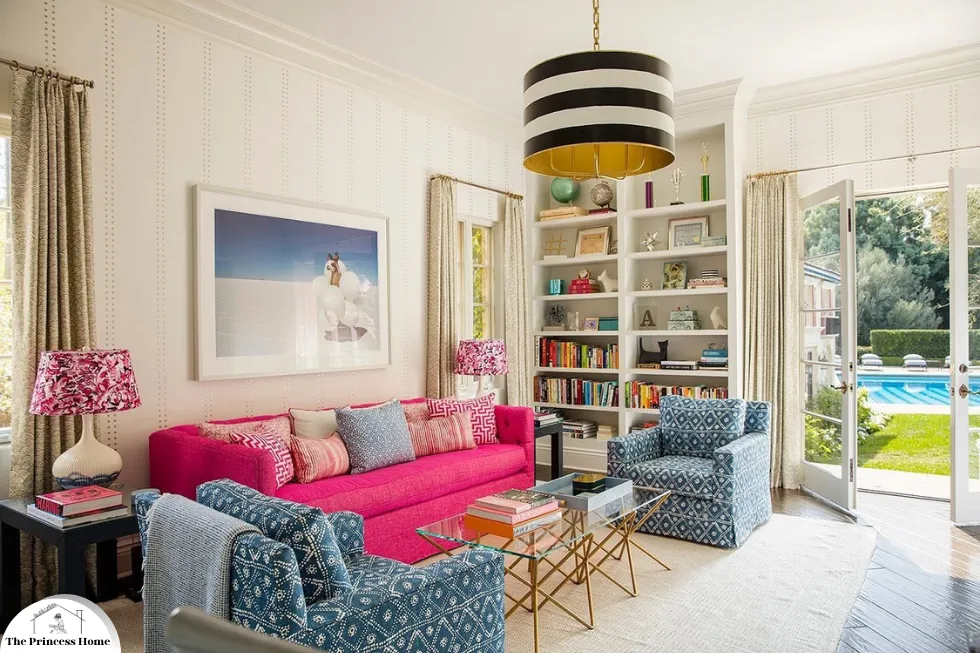

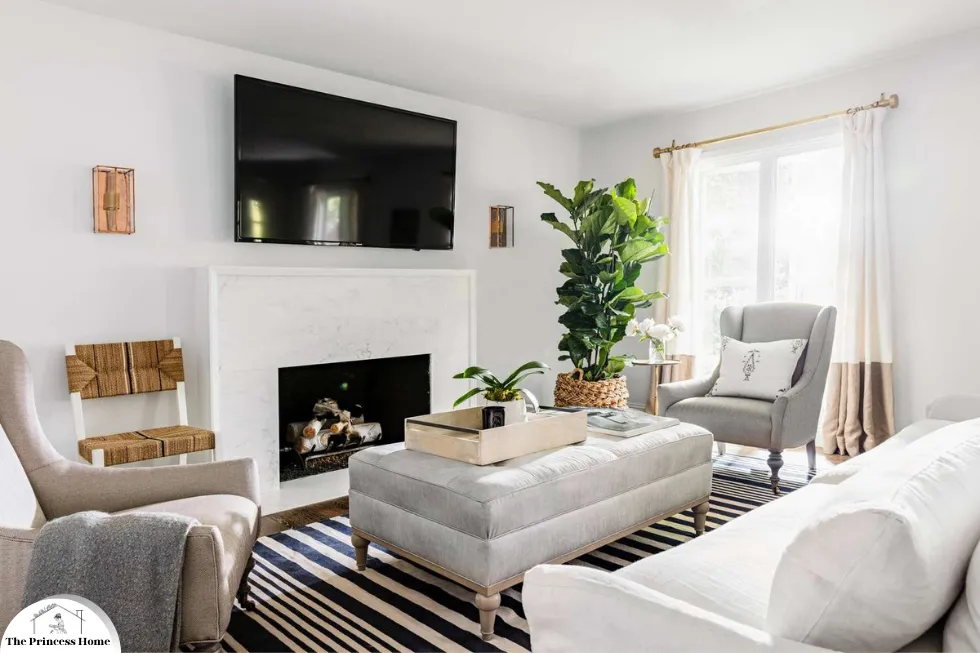
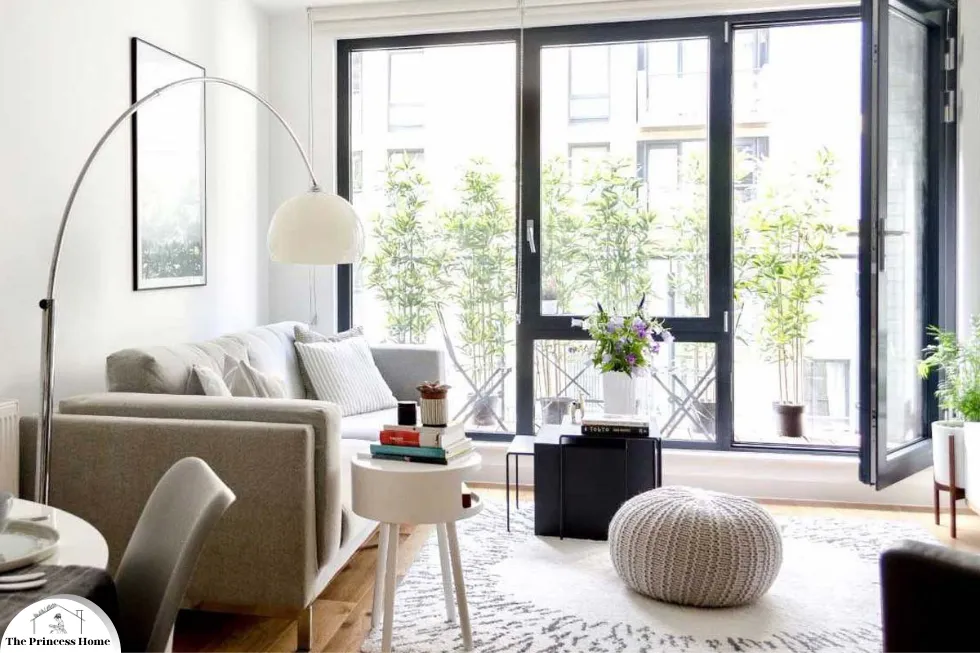
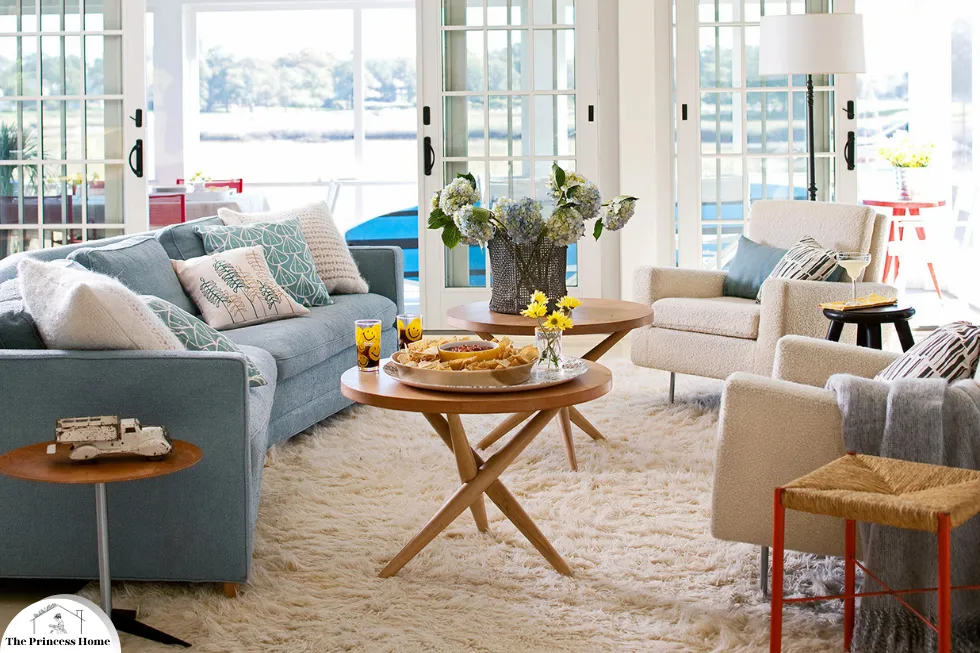
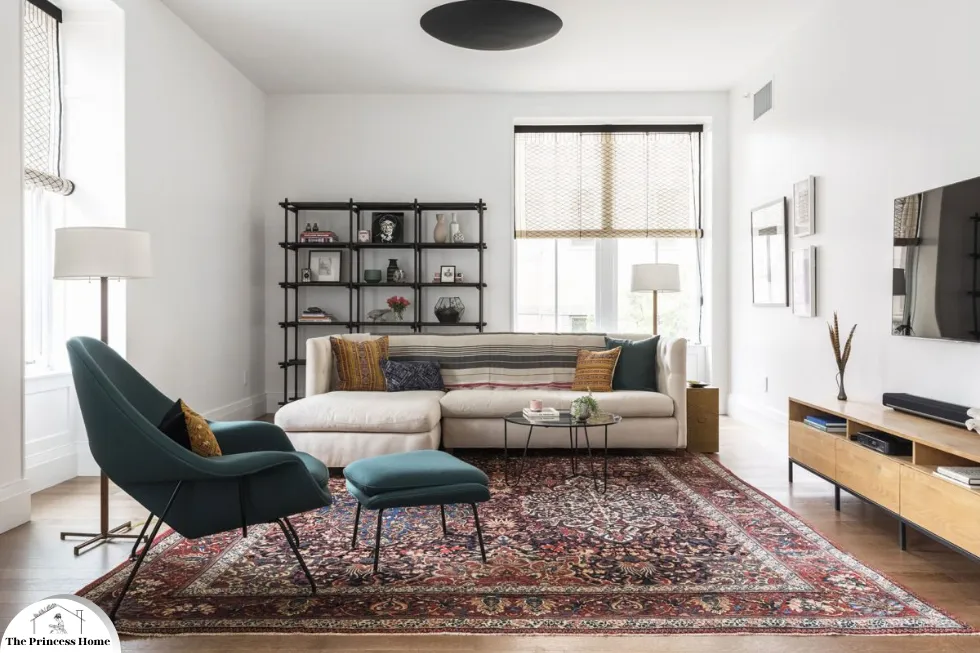
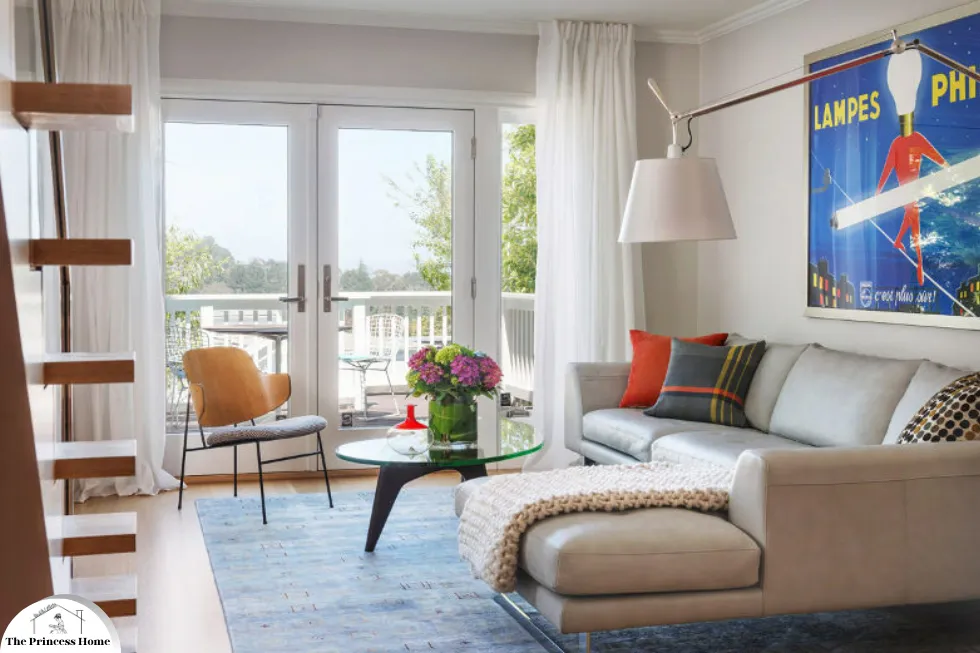
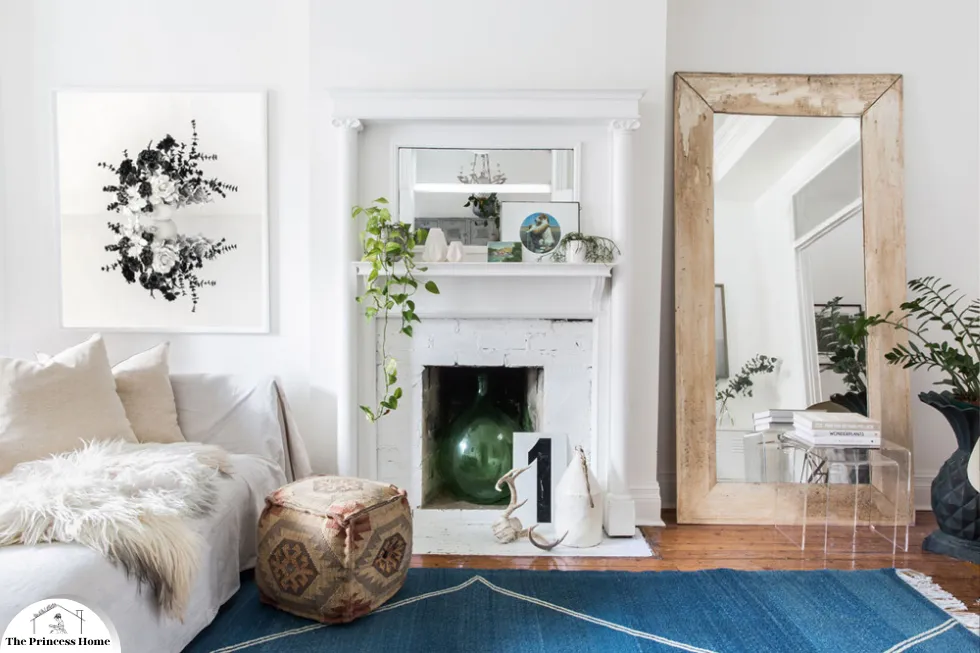
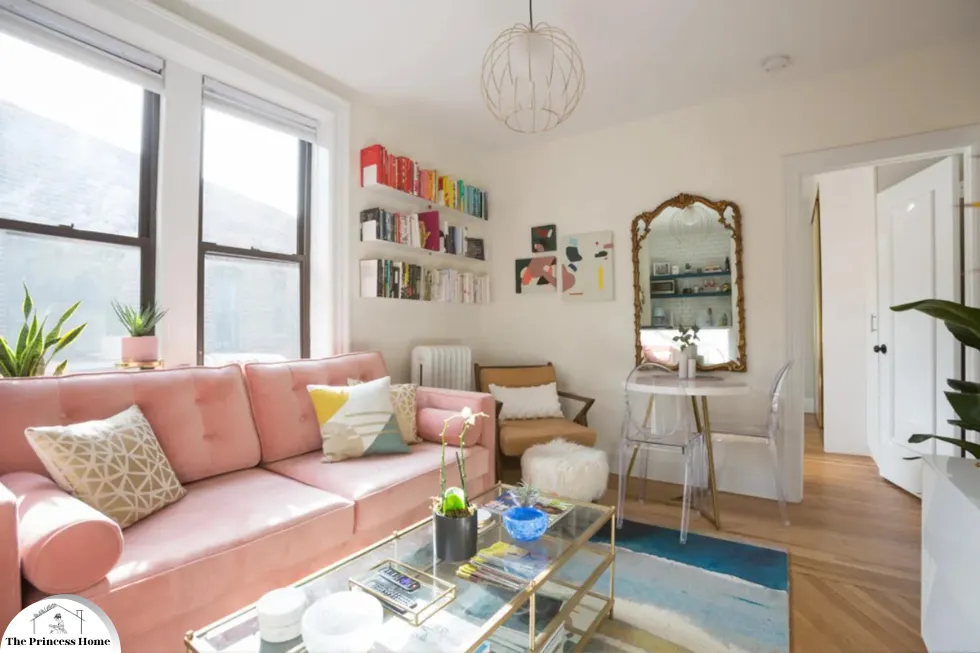
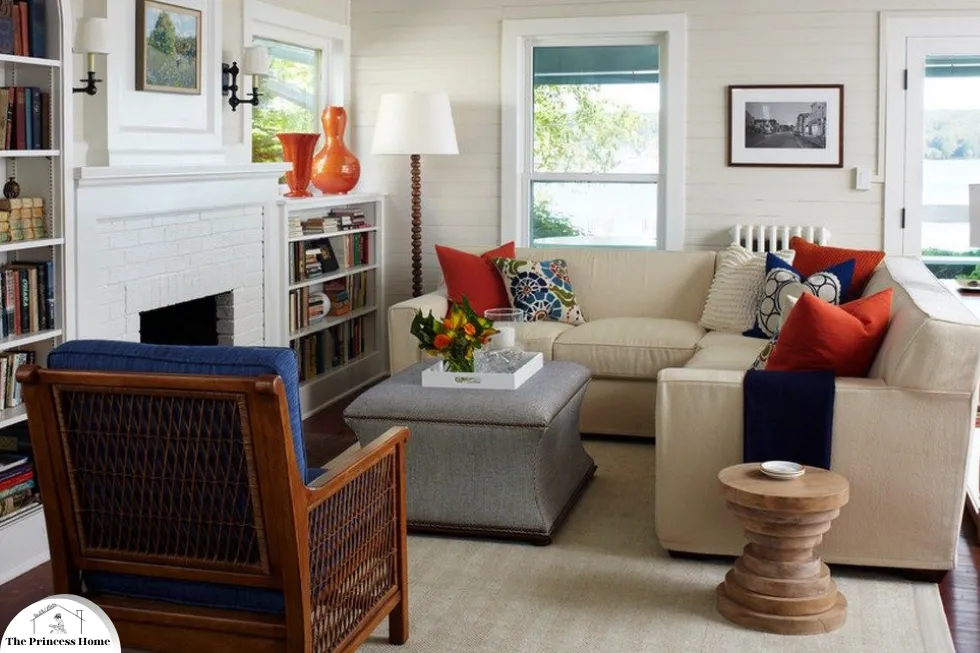
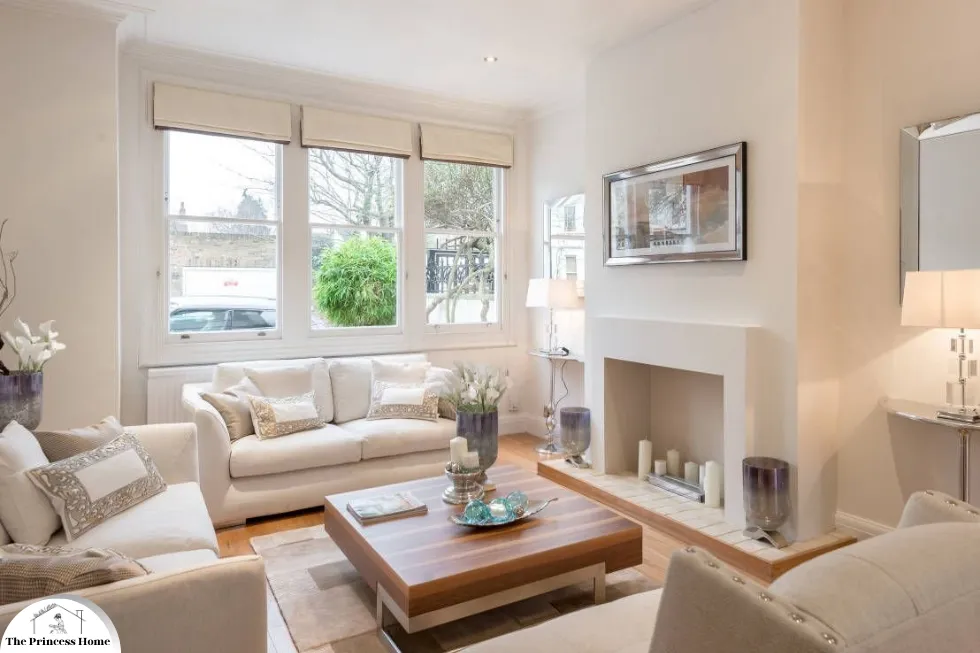
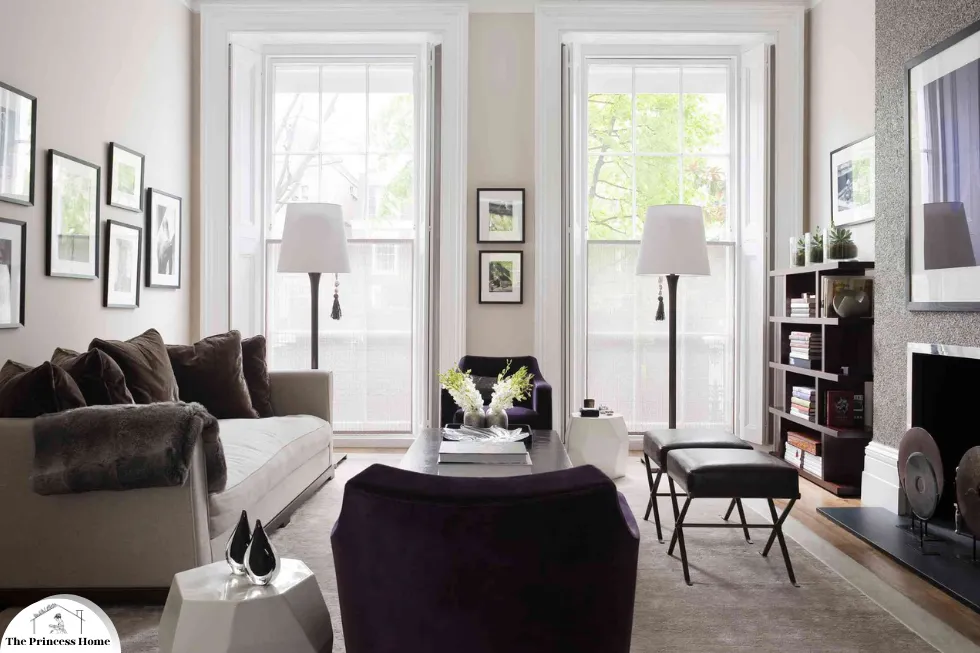
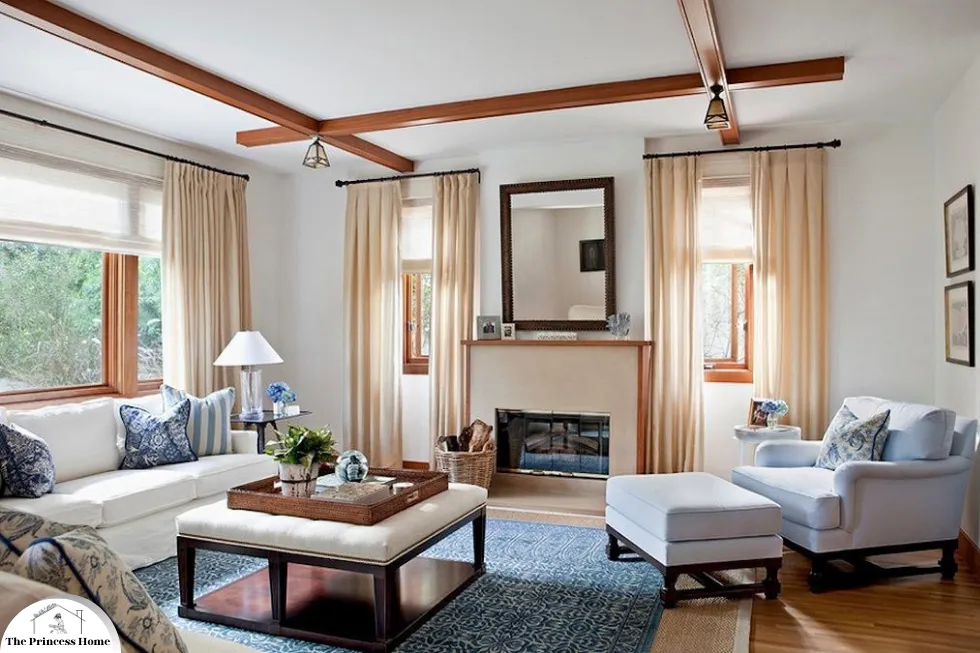
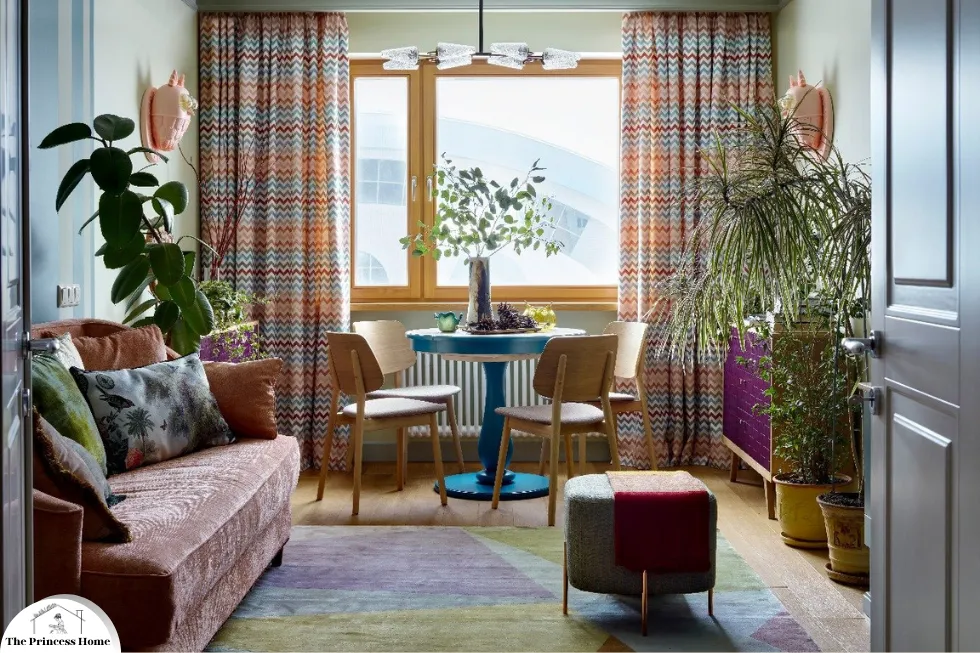
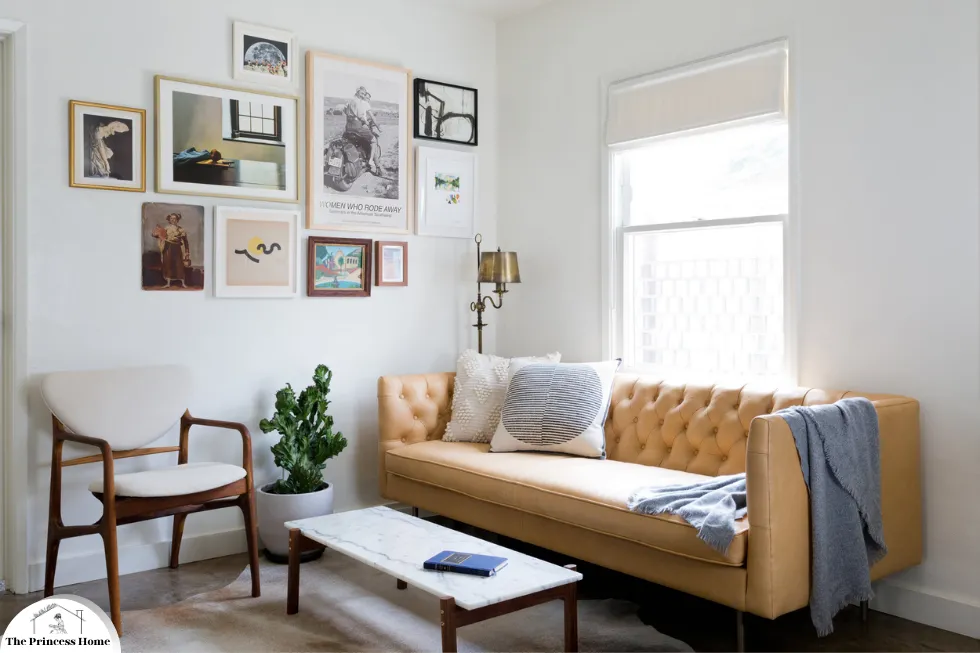
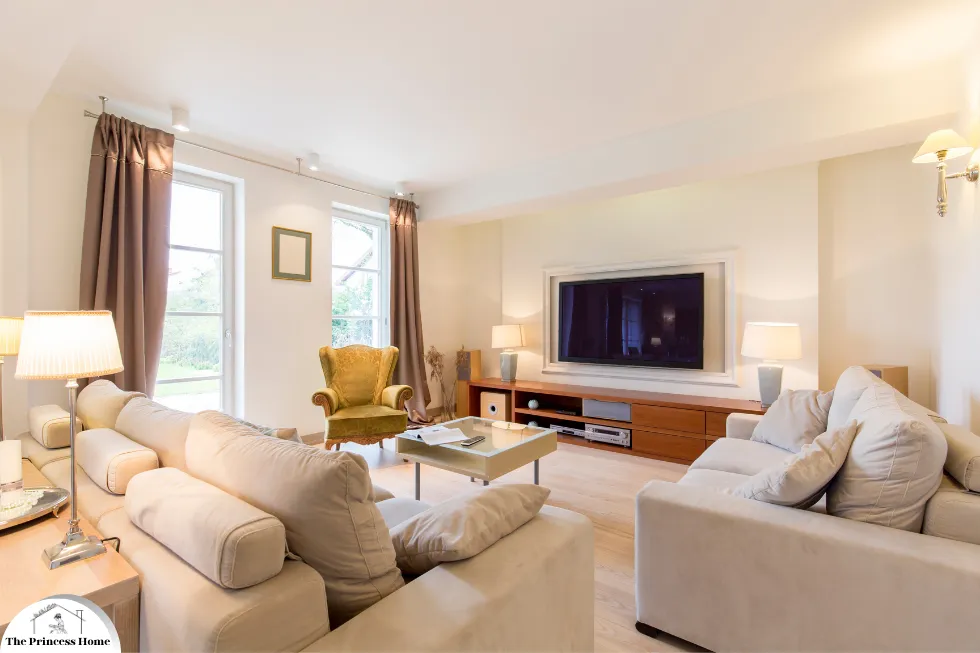
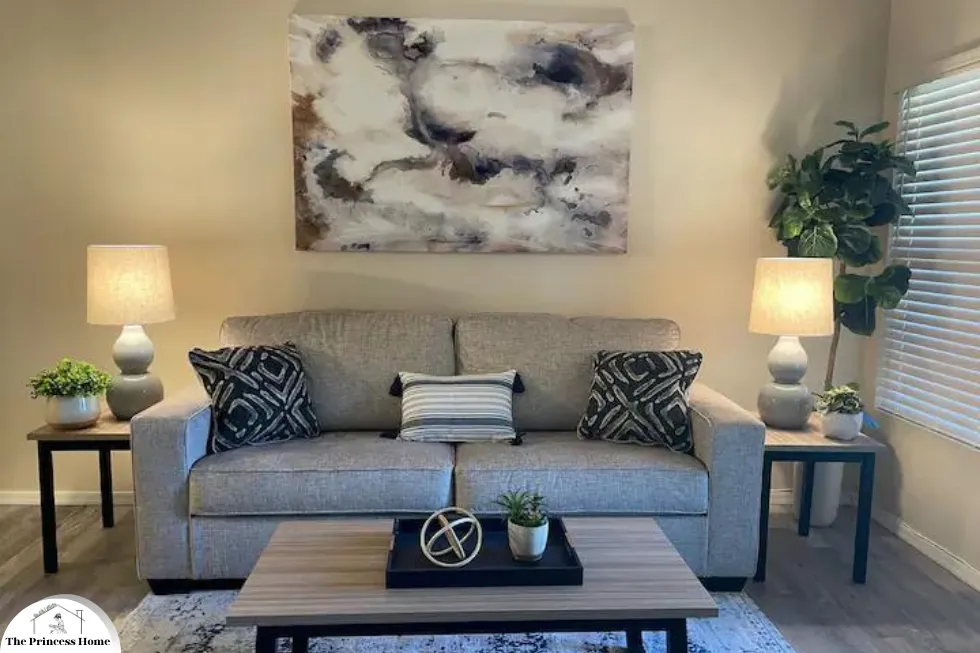
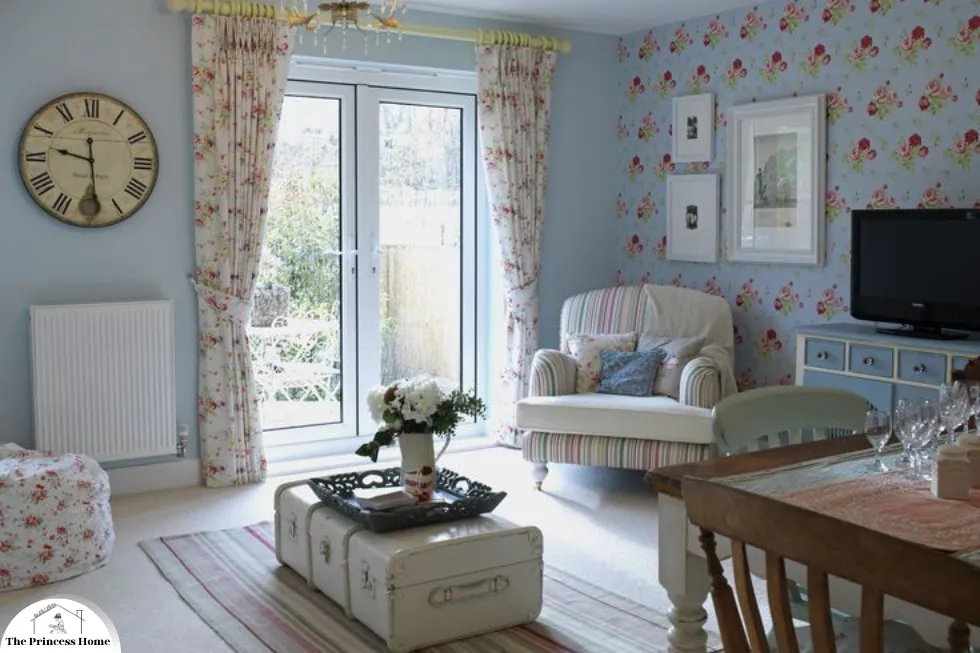
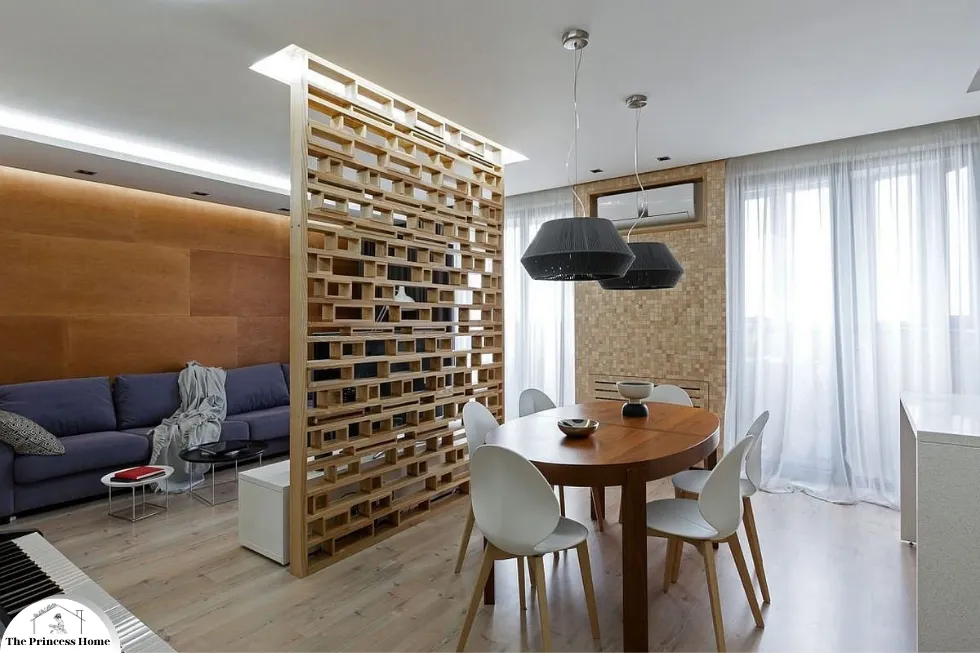
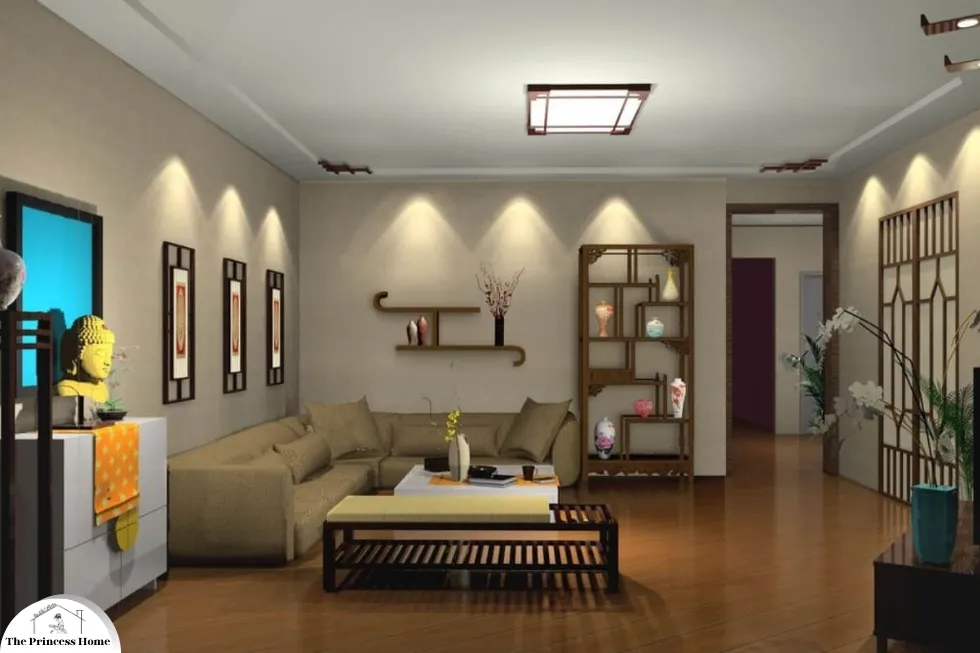
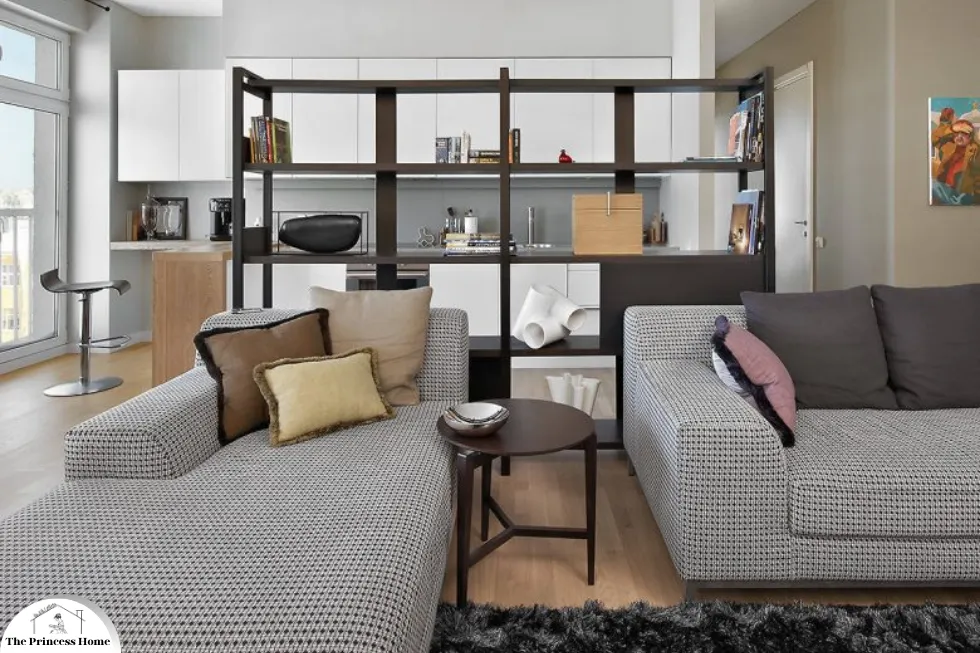
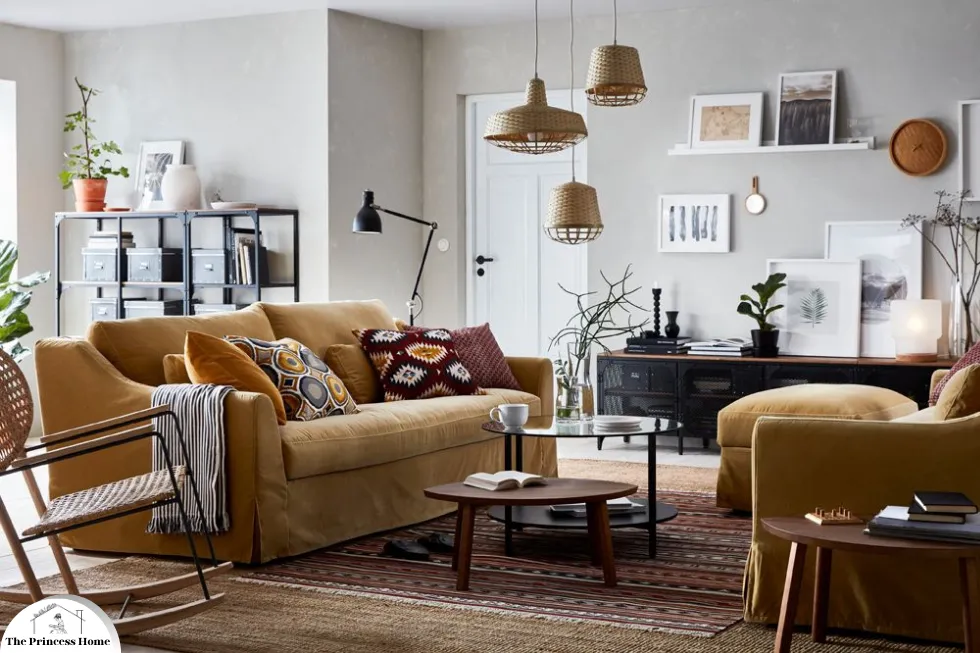
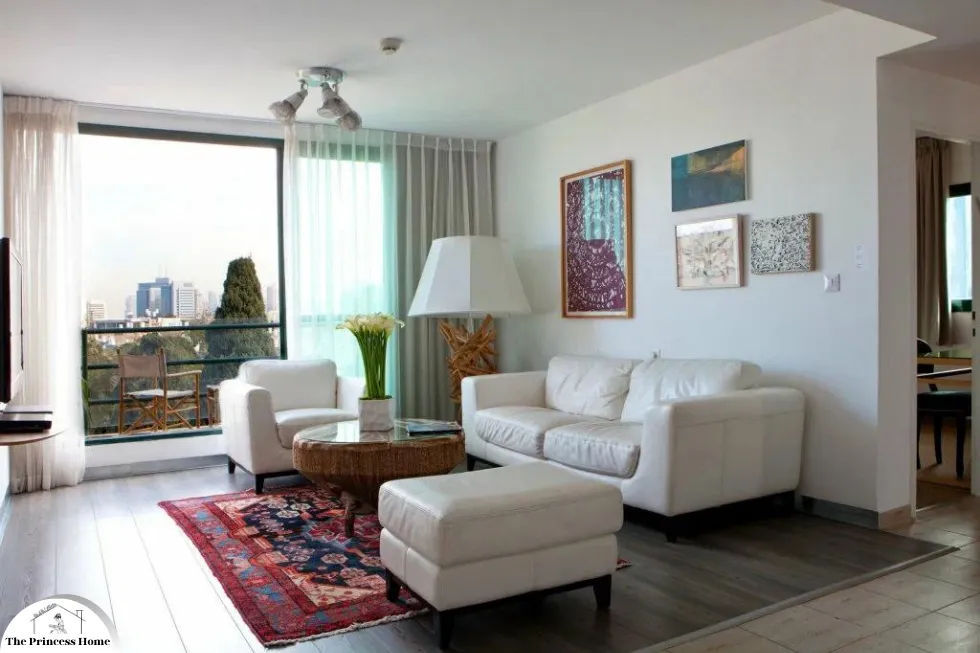
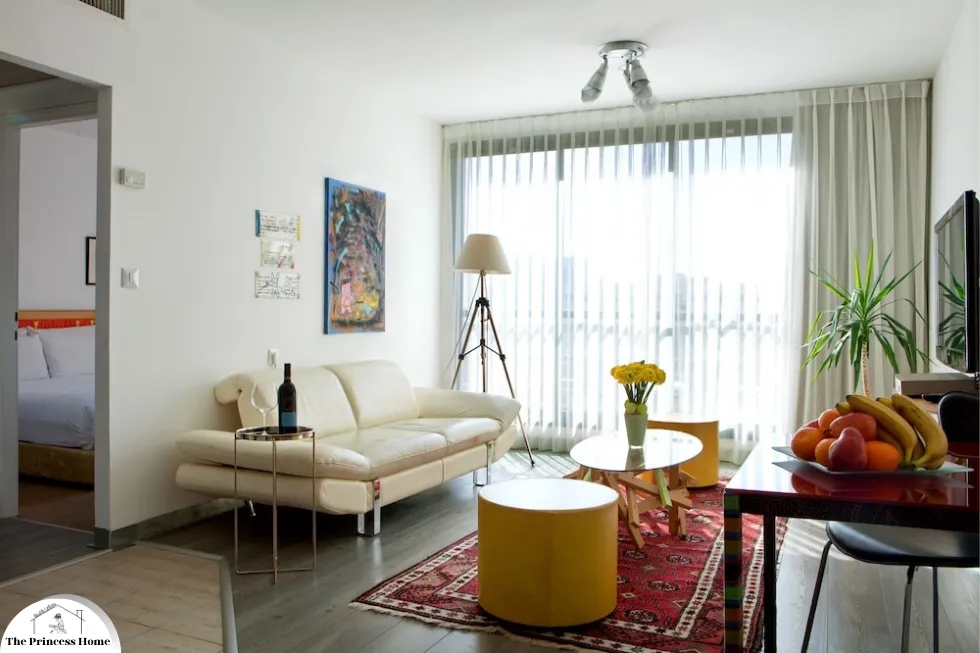

Here are some frequently asked questions related to making a small living room look bigger:
Q1: Will using dark colors make my small living room feel even smaller?
A1: Yes, dark colors tend to absorb light and can make a small living room feel more cramped. Opting for light, neutral colors like white, cream, or pastels will reflect light and create the illusion of more space.
Q2: How can I make the most of natural light in my small living room?
A2: To maximize natural light, keep windows unobstructed and use sheer curtains that allow sunlight to filter through. Position mirrors strategically to reflect light and create a brighter, more expansive feel. Additionally, keep furniture and decor low-profile to prevent blocking light sources.
Q3: Is there a way to incorporate storage without sacrificing space in a small living room?
A3: Absolutely! Look for furniture with built-in storage solutions, such as ottomans with hidden compartments, floating shelves, or coffee tables with drawers. Utilize vertical space with tall bookcases or wall-mounted cabinets to keep clutter at bay while maintaining an open and airy atmosphere.
Q4: Can I use rugs in a small living room, or will they make the space feel cramped?
A4: Rugs can actually help define separate zones within a small living room and add visual interest without overwhelming the space. Opt for rugs with light colors and subtle patterns, and consider placing them diagonally to create the illusion of more floor area.
Q5: How important is furniture arrangement in making a small living room appear larger?
A5: Furniture arrangement plays a crucial role in maximizing space and flow in a small living room. Floating furniture away from walls, choosing pieces with exposed legs, and maintaining clear pathways can create a sense of openness and make the room feel more spacious.
Q6: Are there any design elements I should avoid in a small living room?
A6: Avoid bulky or oversized furniture that can overpower the space, as well as clutter-inducing decor and excessive knickknacks. Steer clear of dark, heavy fabrics and overly intricate patterns, as they can make the room feel smaller and more cramped.
Q7: Can I incorporate personal style and decor preferences in a small living room without overwhelming the space?
A7: Absolutely! Choose a few statement pieces that reflect your personal style and complement the overall aesthetic of the room. Focus on quality over quantity, and select decor items that serve a purpose while adding personality without cluttering the space.
Q8: How can I create a sense of depth and dimension in a small living room?
A8: Layering textures, incorporating reflective surfaces, and using strategic lighting can all contribute to creating a sense of depth and dimension in a small living room. Experiment with a variety of textures, finishes, and lighting fixtures to add visual interest and make the space feel more dynamic.
Q9: Will incorporating plants and greenery make my small living room feel cramped?
A9: Not necessarily! Indoor plants can actually make a small living room feel more vibrant and inviting, provided they are chosen and placed strategically. Opt for tall, slender plants or vertical gardens to draw the eye upward and add a touch of nature without overwhelming the space.
Q10: How can I create a cohesive look in my small living room while incorporating multiple design elements?
A10: Choose a cohesive color palette and carry it through the room with paint, furnishings, and accessories. Mix and match textures, patterns, and finishes sparingly to create visual interest without overwhelming the space. Focus on creating balance and harmony among the different design elements to achieve a cohesive and inviting atmosphere.


